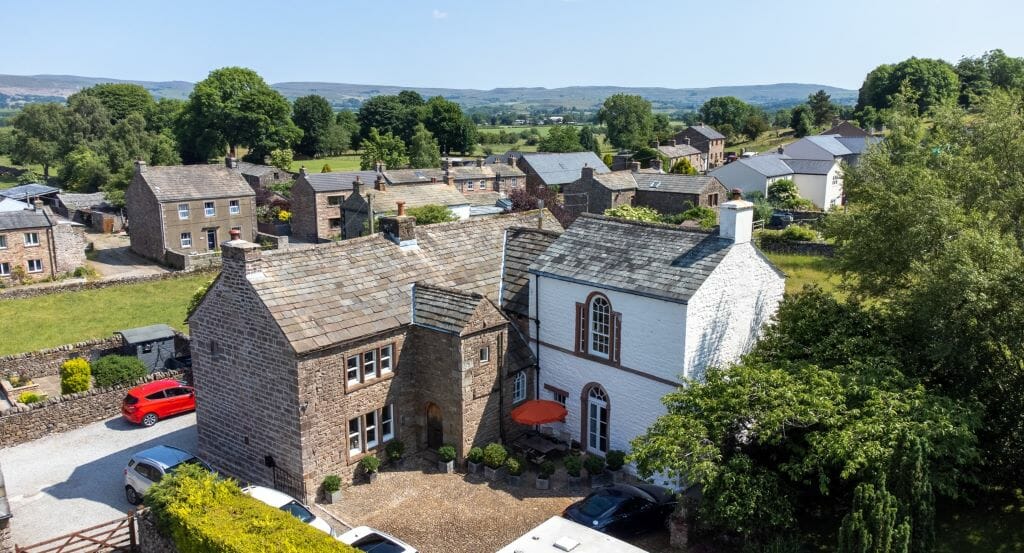
A Grade II-listed hall with a wealth of historical links and features is on the market at offers in the region of £900,000.
Winton Hall, near Kirkby Stephen, is built around the original walls of a medieval pele tower and has links to Oliver Cromwell, fears about witchcraft in Winton and even potentially to Victorian novelist Charles Dickens.
“Winton Hall is a fascinating property,” said Katrina Nicholson, associate partner with Lune Valley Estates, which is selling the property. “It really does feel as if you are walking through history as you wander through the house.”
The current owners of the property have compiled a history of the building. They say that there was a possibly wooden building on the site of the current hall as far back as 500AD.

The first record of Winton Hall as it is now was in 1314 when it was a fortified manor house or pele tower.
Recorded ownership starts with Roger Clifford in 1265, who married his ward Isabella, the daughter of Henry III.
In 1422 the hall was occupied by the Yorkist forces of Edward IV but was restored to the Clifford family in 1485, at which time the Tudor hall on the northern elevation of the pele tower was added.
The Cliffords had the property right up until the English Civil War (1642-1651) when Cromwell’s New Model Army overcame the building and installed the Scaife brothers – Lord Lieutenant of Westmorland – as tenants. Above the door is the inscription ‘SRM and SAE 1665’ – it is believed Cromwell gifted them the ownership for their loyalty at this time.

The middle of the 17th century was a time when many people were concerned about witchcraft. Residents of Winton Hall were as worried as everyone else and witch marks to ward them off were placed at various places in the house and can still be seen at the fireplace in the snug.
During the Georgian period, the south wing was added in around 1750.
There is a suggestion that Charles Dickens based the fictional character of Wackford Squeers, the headmaster of Dotheboys Hall in Nicholas Nickleby, on a former resident of Winton Hall.
The hall underwent some restoration between 1990 to 1993 with the help of a grant from Historic England.

At some point it is believed the hall was used as a school for girls.
The hall features five bedrooms and highlights include a grand hallway, which features high ceilings, original panelling and stone-flagged floors; a dining room with Mullioned windows; William Morris wallpaper adorning the walls leading to the upper floor; and a bedroom complete with its own mezzanine.
Other rooms include a lounge, a drawing room, a kitchen diner and an en suite master bedroom.
Outside, the landscaped grounds contain manicured gardens and ancient trees and there are two loose boxes and a tack room.































